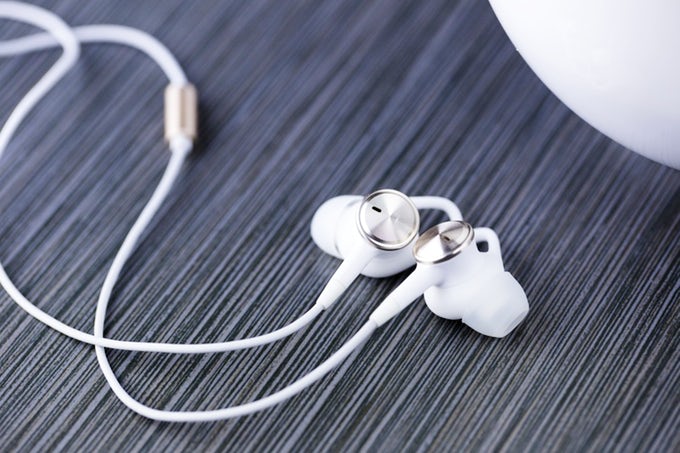




This blog is moderated by Christian’s parents: https://medium.com/@ScottAmyx/ All comments will be reviewed and approved before publishing.






Dr. Celina Nadelman, MD is a board certified cytopathologist, which is a unique kind of pathologist. Her area of expertise ...
Dr Arslan Usman is a System Architect at Pangea Connected, a UK-based IoT and connectivity provider. Having completed his PhD ...
Originally from Cambridge, MA, Dr. Gordon Walker moved to California to attend UC Santa Cruz where he developed a passion ...
Matthew Johnson-Roberson is the CEO and Co-Founder of Refraction AI, where he has developed a safer, more cost-effective solution for ...
Dr. Patricia “Tish” Ramirez is Vice President, Clinical Education & Professional Relations for Signia. Tish joined Signia in 2011 to ...
Today I interviewed Kevin McCabe who is an Advanced Mechanical Engineer for 350Solutions, a clean technology verification engineering firm in ...